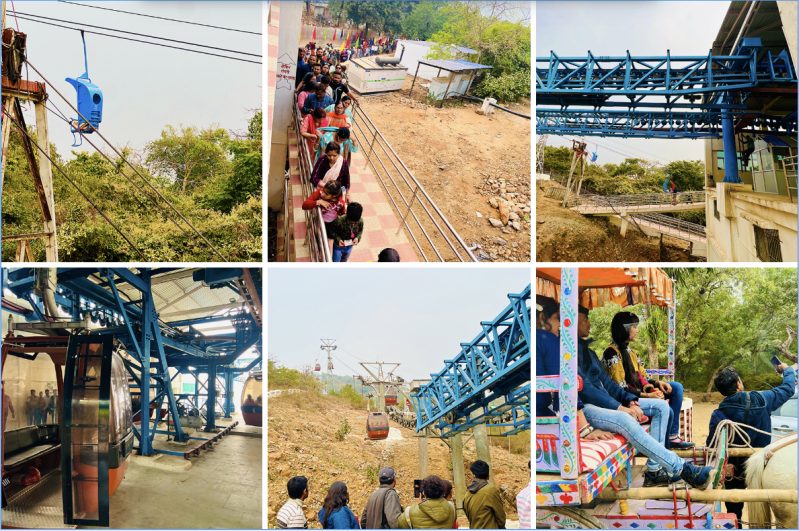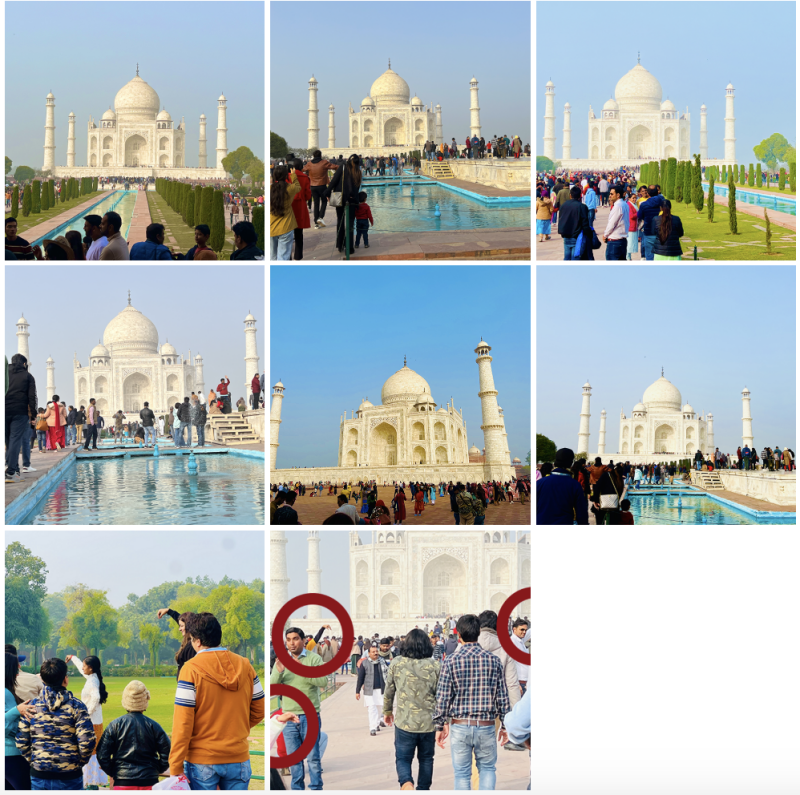My first trips to India date back to my childhood. I was ten and a half years old. At that time, international tourism was spreading through the documentaries and conferences of “Connaissances du Monde”, shown in a few dimly lit theaters in the suburbs of major cities. Among the audience, a handful of discovery enthusiasts dared to take the step—buy a ticket and set off toward those distant lands that were still little known.
So my parents decided to begin their wanderings with India. I remember that the tourist sites were, on the whole, rather deserted, visited only by a small international crowd. This was in the 1970s.
In the 2000s, while I was spending a year in India, I witnessed the beginnings of a new enthusiasm for tourism among Indians themselves.
And today, here we are in 2023, as I write these lines, in the post-Covid era.
One thing is clear: tourism in India is literally booming.

The Numbers
In 2021, domestic tourism in India grew by 11.05%, rising from 610.21 million to 677.63 million visitors!
The leading states in terms of domestic visits were:
-
Tamil Nadu with 115.33 million
-
Uttar Pradesh with 109.70 million
-
Andhra Pradesh with 93.27 million
-
Karnataka with 81.33 million
An Example of Infrastructures to Rethink
At the end of 2022, we organized a pilgrimage journey following in the footsteps of the Buddha, and I was both surprised and concerned to observe that this booming tourism is on the verge of overflowing.
Overflowing, because the infrastructures cannot cope with such a sudden massive influx. Quite simply.
Let’s take an example: the Vulture Peak in Rajgir. This site is famous because it is here that the Buddha delivered his teaching on the Prajnaparamita through the Heart Sutra, one of the most renowned texts in Buddhist literature.
The first chairlift was inaugurated in 1969, but this 1 km-long installation offered only single-seat chairs, each carrying just one person at a time.
It was therefore urgent to take action, and in 2021, a new 8-seat gondola lift was inaugurated alongside it, transporting pilgrims and visitors up an elevation gain of around 400 meters.
An investment of 19 crores (about 2.2 million euros) was made through the Railway India Technical and Economic Services Ltd (RITES), commissioned for this project.
As for the old chairlift and its 101 individual seats—the oldest chairlift in India—it is now set to be awarded the status of national heritage.

So, what is the situation?
Let’s be honest. It is already “has-been.” Yes, my words are harsh, but what else can be said about an installation that is already over-exploited, where pilgrims or tourists must wait two hours in line barely a year and a half after its opening?
Once on site, the place is overcrowded. Not a single wall remains free to sit on. The stairways winding between the temple vendors’ stalls are jam-packed with people rushing and jostling. The beautiful white stupa is taken over by curious visitors spinning in all directions, whirling about in search of the best selfie or the perfect pose.
Fortunately, for the Buddhist practitioner who comes—as was the case for us—to connect with the Buddha’s teaching, the true sacred spot of this site, the very place where the Buddha taught, remains off the beaten path. It is unmarked, unnoticed, and thus untouched by the crowd, preserving its authenticity and allowing space for meditation.
But what of the years to come?
-
11% growth in 2021.
-
The 2022 numbers are not yet released.
-
What will the figures be for 2023, 2024, 2025?
In Agra, tourists strike ridiculous poses, pinching the Taj Mahal between their fingers.
In Lumbini, we even saw a sign forbidding TikTok videos—a sign that had to be put up to curb such excesses!
The government has launched massive investments to develop tourism. Highways are carving their way in every direction, bulldozing houses and buildings along their paths—something I will discuss in a future article.
Buddhist sites are undergoing extensive excavations, which will also be the subject of a later post on this blog.
But then, how can this massive influx of tourists be managed?
-
How to manage endless queues?
-
How to handle basic facilities such as toilets?
-
How to deal with trash being thrown everywhere?
-
How to prevent future deviations such as graffiti and other antics for social media validation?
So many questions, so many concerns in the face of this explosion—which, of course, also brings good, since no fewer than 32.1 million jobs were supported by tourism in 2021.
The fact remains: India has just entered the turn toward modernity, and many challenges are about to arise.
Fortunately, every visitor quickly perceives the exceptional strength of the Indian people—their capacity to adapt and to embrace change. That is why I remain confident that solutions will be found and applied, enabling this legitimate growth to unfold while integrating ethics, ecology, and logistics.



Ajouter un commentaire
Commentaires